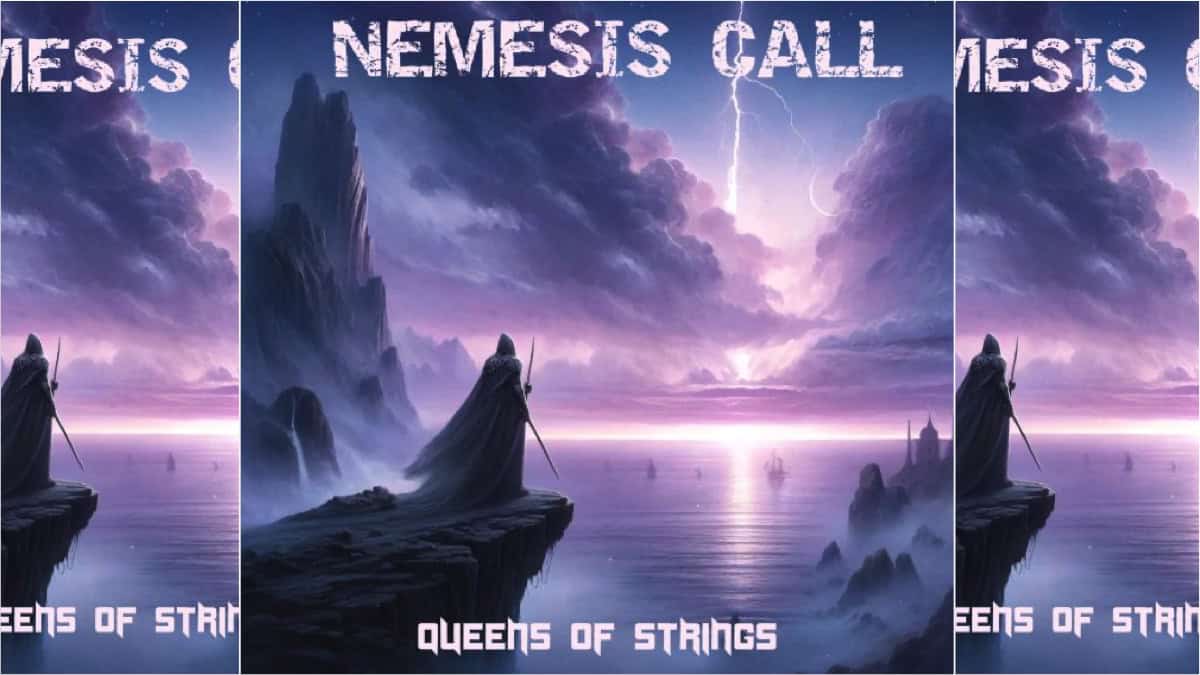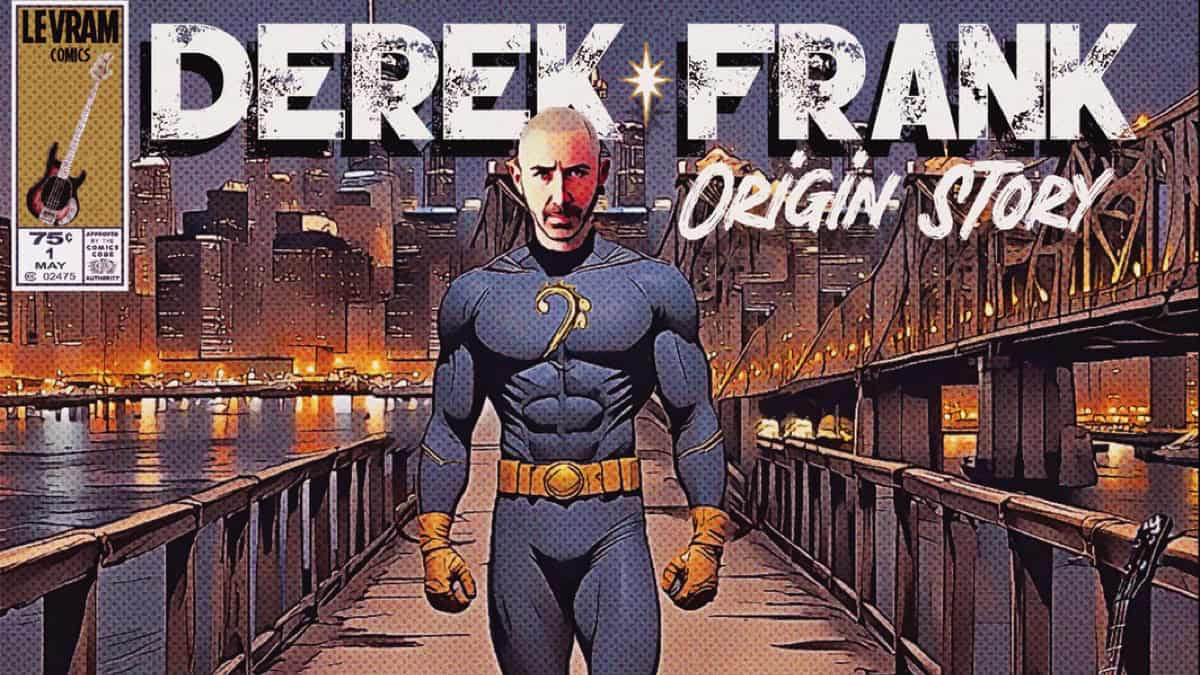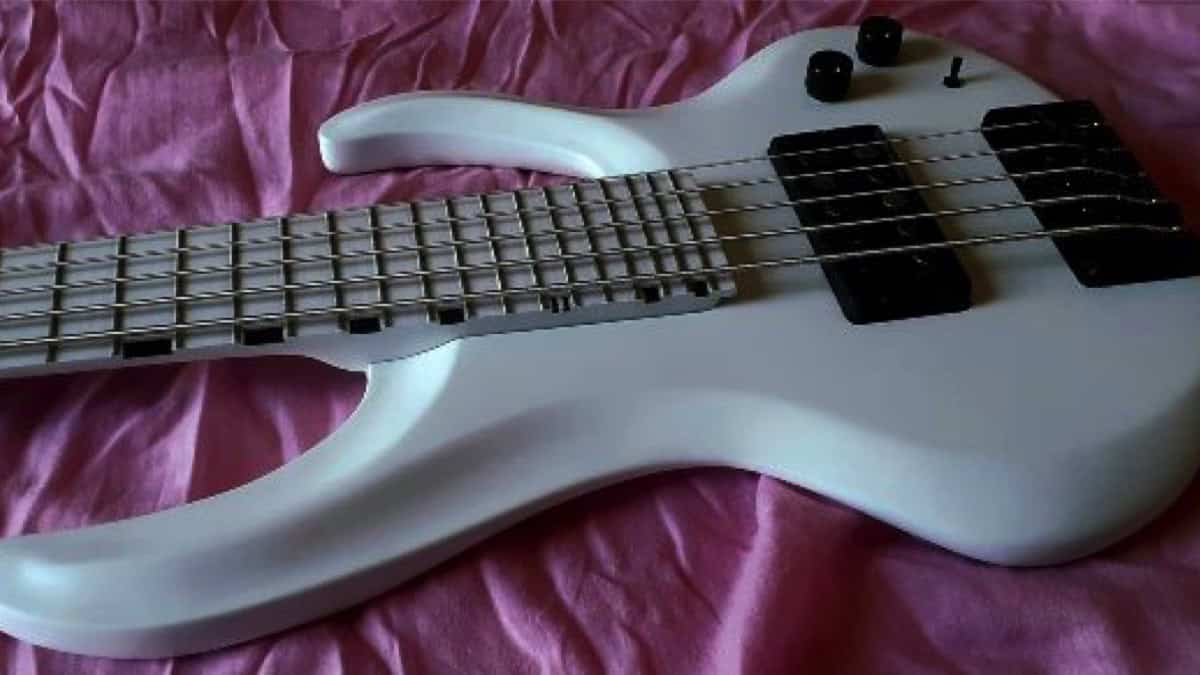Latest
Good Vibrations: Repair and Beyond With Chris Brandt
In my last article I posed a leading question to the readers…
A magnetic pickup on an electric bass (or guitar) can not hear wood resonance yet if you plug it in and stand back and listen you CAN hear wood resonance. How does the pickup do it?
Jonathon M. sent a great answer and it opens up a rich way of better understanding the electric bass. He shared:
“In short, the resonance of the wood dictates how the strings vibrate. The resonant characteristics of the wood cause some frequencies to dampen (zero) and others to resonate (pole). The magnetic pickups only react to the magnetic field vibrations caused by the strings, which is entirely determined by the “pole/zero” characteristics of the wood (and the neck joint, bridge mass/material, nut material, etc.). There’s plenty more physics behind the sound of any instrument, but that’s beyond the scope of this question. Thanks for the great question!”
Jonathon’s answer gets to the idea that there is a circulation between the energy in vibrating strings and the energy in the vibration of all the rest of the bass. This continuous circulation of energy shapes the tonal properties arising from the body, neck, bridge, and other parts as well, but it also sets up the flex characteristics principally of the neck. These flex characteristics can effect how low the action can be adjusted and it varies from bass to bass, even on instruments which appear to be identical. Same model, same wood, same everything, yet they aren’t the same and each has to be adjusted for its own best performance.
The electric bass is a system of great complexity and nuance and over the next few articles I’ll discuss some of these subtle and interesting factors. You could say that the vibration in a bass circulates with all of the other vibration in a bass and this accounts for its complexity. It is a sophisticated system. But all of this complexity is balanced by an elegant simplicity as well. The energy (vibration or resonance) flowing back and forth between the body and strings is totaled up within the string vibration. Here you can think of the strings as a delivery system for carrying the resonance from the body and neck to the pickups. Strings do a lot of multi-tasking, and I’ll discuss this in a future article. The complexity within the cross-resonating body might be comparable to the ripple patterns from raindrops on the surface of a pond but this doesn’t bother the strings a bit. They are happy with all of it and the strings pass this energy to the pickups which are like the front door to the rest of the system. This sophisticated system makes for elegance and simplicity and there is tremendous complexity as well.
Here’s what’s cool. Once the pickup comes into the picture, we cross into a historic revolution within the development of stringed instruments. You see, we now have the emergence of an entirely new pathway to get sound to the human ear! By now we’ve all grown up with electric instruments so it is easy to take them for granted, but if you think about the slow development of musical instruments over many centuries you can begin to see how revolutionary this new technology really is. The power of a bass is no longer confined by the acoustic limitations of the pre-electric instrument and the physical capacity of the person playing it. There are enormous new tonal possibilities and it revolutionizes what is now possible in terms of range extension. This business of range is particularly important for the bass because dropping down into low registers has always been hard to do acoustically. This is a big subject and I’ll discuss it more in a future article.
But beyond all this, there is an even more revolutionary effect and it might not necessarily seem obvious. You see, the sound or energy produced by an amplifier becomes a second source of the energy which enters the bass. The first source of energy is the bass player playing the strings but the second source of energy is the sound from the speakers inundating the bass itself. It re-circulates energy back into the bass almost as a form of arco, arco in the sense that a violin bow can indefinitely keep a flow of energy going into the violin. So I think of the energy from amplification as an intrinsic component of the electric bass itself and this “second” source of energy is why an electric bass feels as if it physically comes to life when it is plugged in. This too creates something new in the history of stringed instruments.
Knowledge is power and this is the key to appreciating how fantastic the electric bass really is. I hope that interested bass players will find it helpful to picture how energy moves through out the bass and that this now gets us ready to start talking about all sorts of practical questions having to do with set ups and adjustments, repairs and modifications, differences in construction and much else as well. If you have a few questions about repairs or set ups go ahead and send them my way and we’ll get started.
Gear News
New Gear: Spector Doug Wimbish USA Custom Series Basses

Spector offers Doug Wimbish USA Custom Series basses…
Spector, a leading authority in bass guitar design, unveils two new Doug Wimbish USA Custom Series basses. Synonymous with bass excellence since 1987, Wimbish collaborated with Spector’s USA Custom Shop to create the DW-4 and DW-5 models, echoing the iconic instruments that have been favored heavily throughout his recording and performing career.
These signature basses faithfully replicate Wimbish’s originals, down to the smallest details like neck contours and nut widths. Customized EMG pickups, developed in collaboration with Wimbish, capture the distinctive sound that has shaped his monumental musical impact. These models invite players to explore the feel and response that have defined Wimbish’s signature style over the years.
Available in 4-string and 5-string versions, each model boasts unique features & finish options. The DW-4 comes in Amber Stain Gloss and Black Stain Gloss options, while the DW-5 offers Dark Blue Stain Gloss and Faded Natural Gloss. Every purchase includes a certificate of authenticity signed by Doug Wimbish. Wimbish comments, “Spector took the time to get every little nuance right, and that to me is dedication and being thoughtful enough to know ‘I want to nail it,’ and they did. I’m able to pick these instruments up for the first time and play them like I’ve already had them for years.”
For more information, visit spectorbass.com/doug-wimbish-usa-signature-series/.
Photo: Doug Wimbish, pictured with the new Spector Doug Wimbish USA Custom Series basses
Bass CDs
New Campaign: Alberto Rigoni, Nemesis Call – Queens Of Strings

Italian bass master and composer ALBERTO RIGONI is thrilled to announce his brand new project “Nemesis Call – Queens Of Strings”.
Nemesis Call – Queens Of Strings features a super talented drummer from Japan (TBA) and tons of female guitarists such as SAKI, Giusy Busetto, Alexandra Zerner (TBC) and many many others (TBA). Furthermore, Alberto has also launched a Fundraising Campaign for the project. 20% of the income will be donated to Lega del Filo d’Oro legadelfilodoro.it/it, an Italian association that helps deaf and blind children!
Alberto shares:
“Hello friends and music lovers! I’m Alberto Rigoni, an Italian composer and.. a BASS GUY! Between 2008 and 2024 I released 13 solo albums, spanning from progressive, rock, ambient to funky and experimental music, which also features contributions from musicians such as keyboard wizard Jordan Rudess (Dream Theater) drummer Gavin Harrison (Porcupine Tree) and Marco Minnemann (the Aristocrats), keyboardist Kevin Moore (ex Dream Theater), singer John Jeff Soto (ex Goran Edman (ex Y. Malmsteen), bassists Nathan East, Stu Hamm (Joe Satriani), Nik West (ex Prince) and many others. I’m also bass player for BAD As, Sunset Groove Society, Kim Bingham, The Italians bands and co-producer of Mistheria’s Vivaldi Metal Project.”
Alberto on the new project Nemesis Call:
“Even if my latest album “Unexpected Lullabies”, dedicated to my newborn Vittoria Parini Rigoni, will be released on June 4th, 2024, when Vittoria came to life I felt the need to compose new music (yes, I really can’t stop!!!!!). This time will be quite challenging because I’m willing to release an instrumental ambient/prog/rock/metal album, that will feature a talented and young drummer (TBA) and tons of female guitarists (that’s why I will call the album “Queens of the Strings”) such as Alexandra Zerner, YOKA and many others (TBA/TBC)). It won’t be easy to manage all such great musicians but I will make it!! Are you ready to face a new prog experience? The album will be released in Digipack CD and in high-quality digital format approximately at the beginning of 2025.”
The Fundraising Campaign:
As an independent artist, Alberto is looking for supporters who can help him reach the budget for the production (recordings, mix, mastering, artwork etc.) of this new album and has started this fundraising campaign that will end successfully on October 15th, 2024.
Get further information about Alberto Rigoni’s new project Nemesis Call Fundraising campaign at albertorigoni.net/nemesiscal
Bass Videos
Artist Update With Bassist Derek Frank

Bassist Derek Frank…
Many of you will remember the last time I chatted with Derek Frank was back in 2017. The main thing that impressed me was how busy Derek was and how he juggled playing with many huge acts.
Now, I am happy to hear that Derek launched a new album last March titled “Origin Story” where he digs deep into his roots and pays homage to Pittsburg.
Join me as we get caught up after all these years and hear the details about the new album, how Derek gets his sound, and his plans for the future.
Photo, Stephen Bradley
Featured Videos:
Visit Online:
www.derekfrank.com
www.instagram.com/derekfrankbass
www.youtube.com/derekfrankbass
www.facebook.com/derekfrankbass
Latest
This Week’s Top 10 Basses on Instagram

Check out our top 10 favorite basses on Instagram this week…
Click to follow Bass Musician on Instagram @bassmusicianmag
FEATURED @foderaguitars @bqwbassguitar @lecomptebass @xvector_basses @vuorensaku_guitars @phdbassguitars @meridian_guitars @sterlingbymusicman @ramabass.ok @overwaterbasses
Gear News
New Gear: Alberto Rigoni Signature Bass, the VPR5 by Gaetano Costanzo!

Alberto Rigoni Signature Bass, the VPR5 by Gaetano Costanzo!
Internationally renowned bassist ALBERTO RIGONI (soloist, BAD AS, Vivaldi Metal Project, TwinSpirits, etc.) is proud to announce the release of his signature bass VPR5 made by renowned Italian luthier Gaetano Costanzo!
The bass is entirely handmade in Italy, without the use of CNC or other machinery, and has rather special features. The VPR is a 5-string bass (but also available as a 4-string) with 30 frets, Seymour Duncan pickups, Music Man Alnico style, passive electronics (volume, tone and a switch to select series/parallel/single-coil mode), alder body, and American maple neck and fingerboard. Gotoh tuners that ensure perfect intonation. The bass is totally painted white (nitro finish) but other colors can be requested. The VPR has a weight of about 2.9 kg and suitable for any genre.
For more information contact Gaetanobass77@gmail.com or visit online at www.instagram.com/gaetanocostanzoluthier or www.facebook.com/GaetanoCostanzoLuthier







